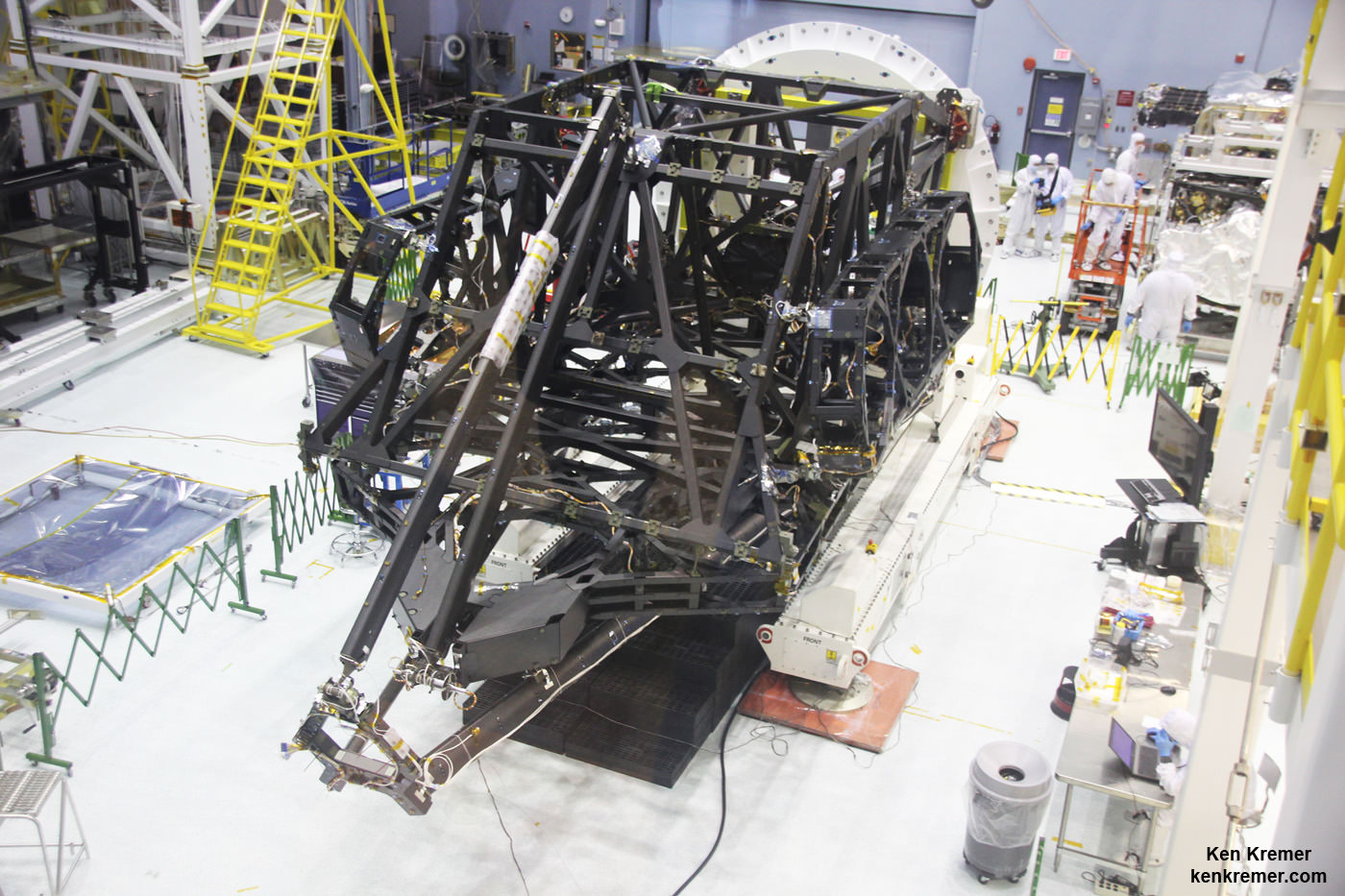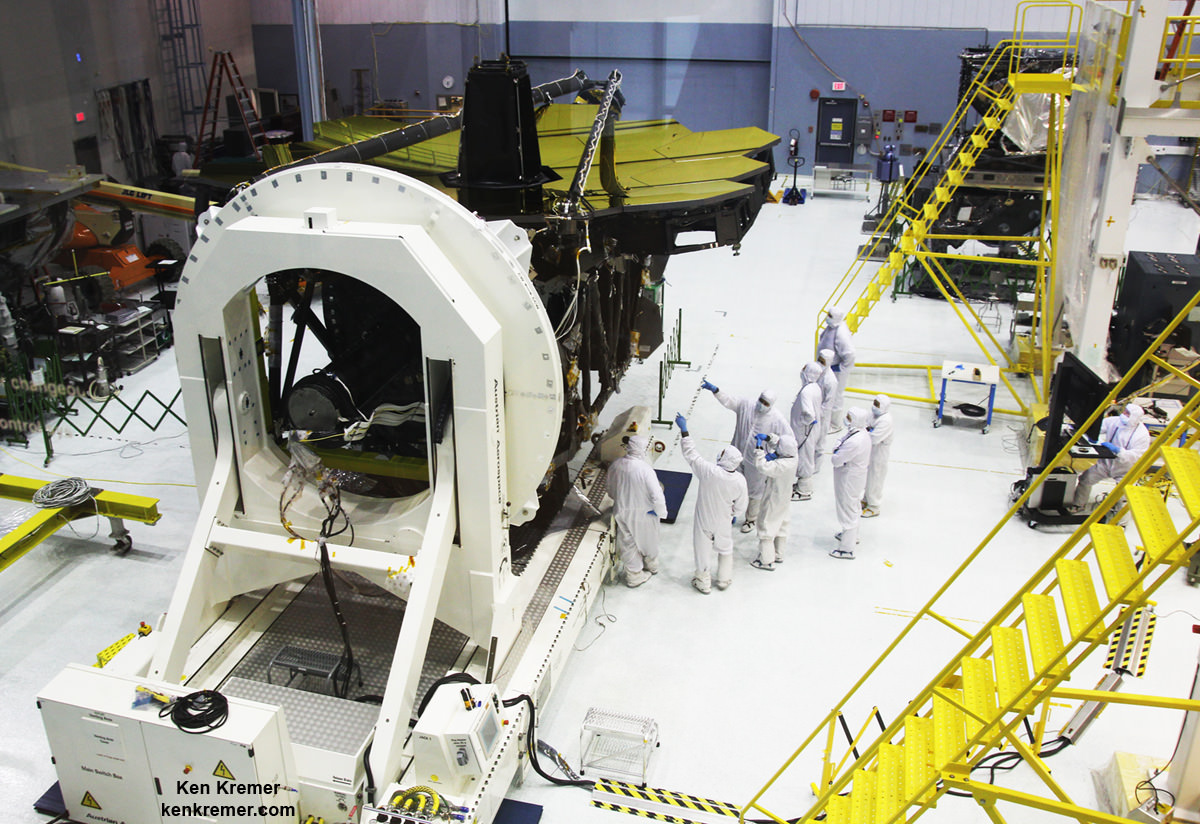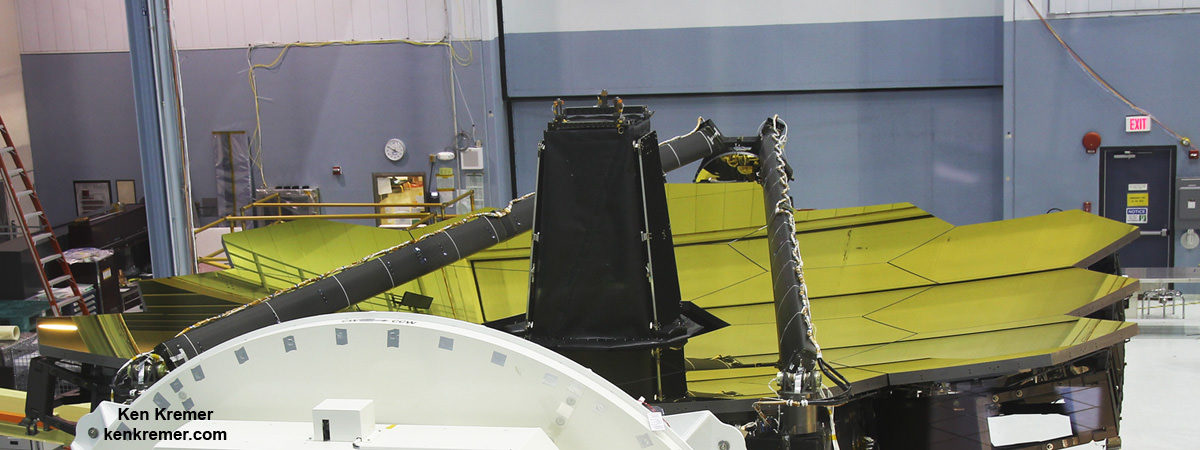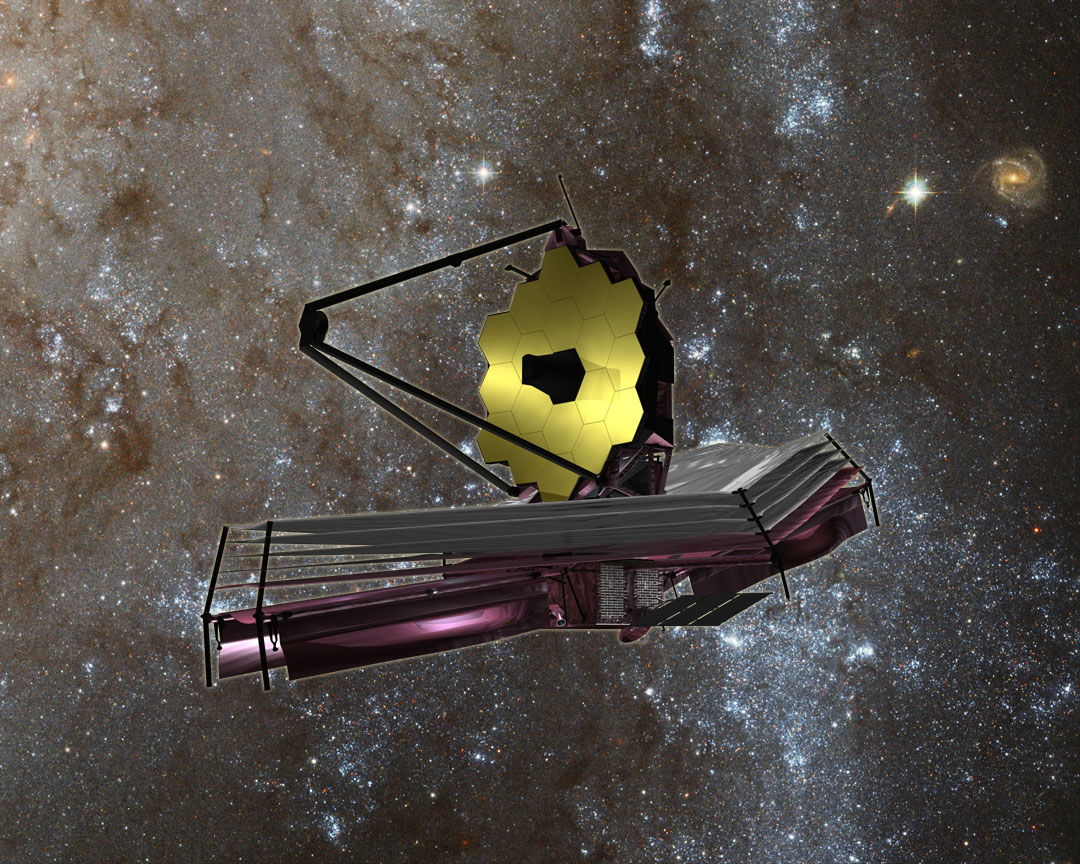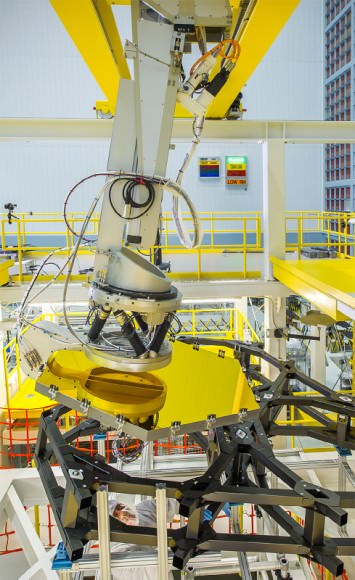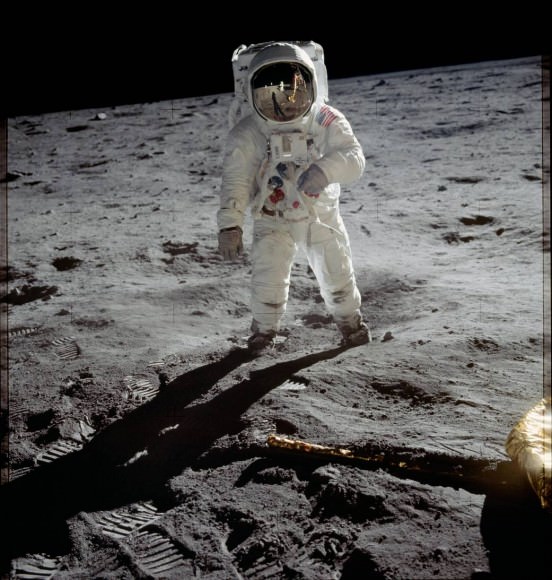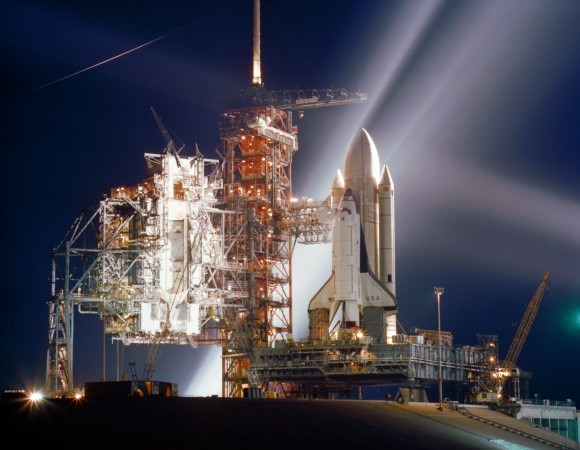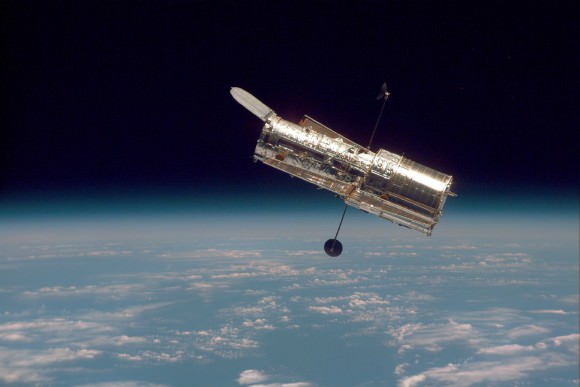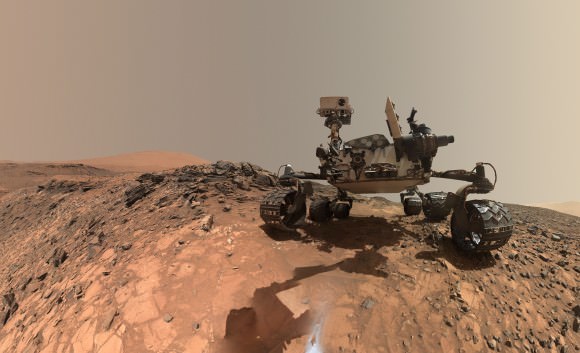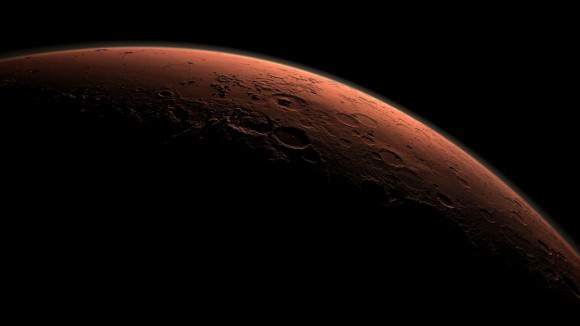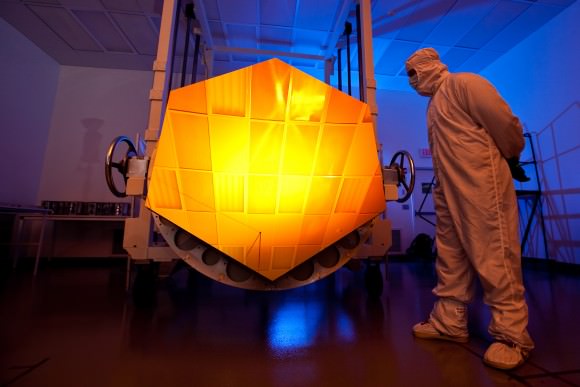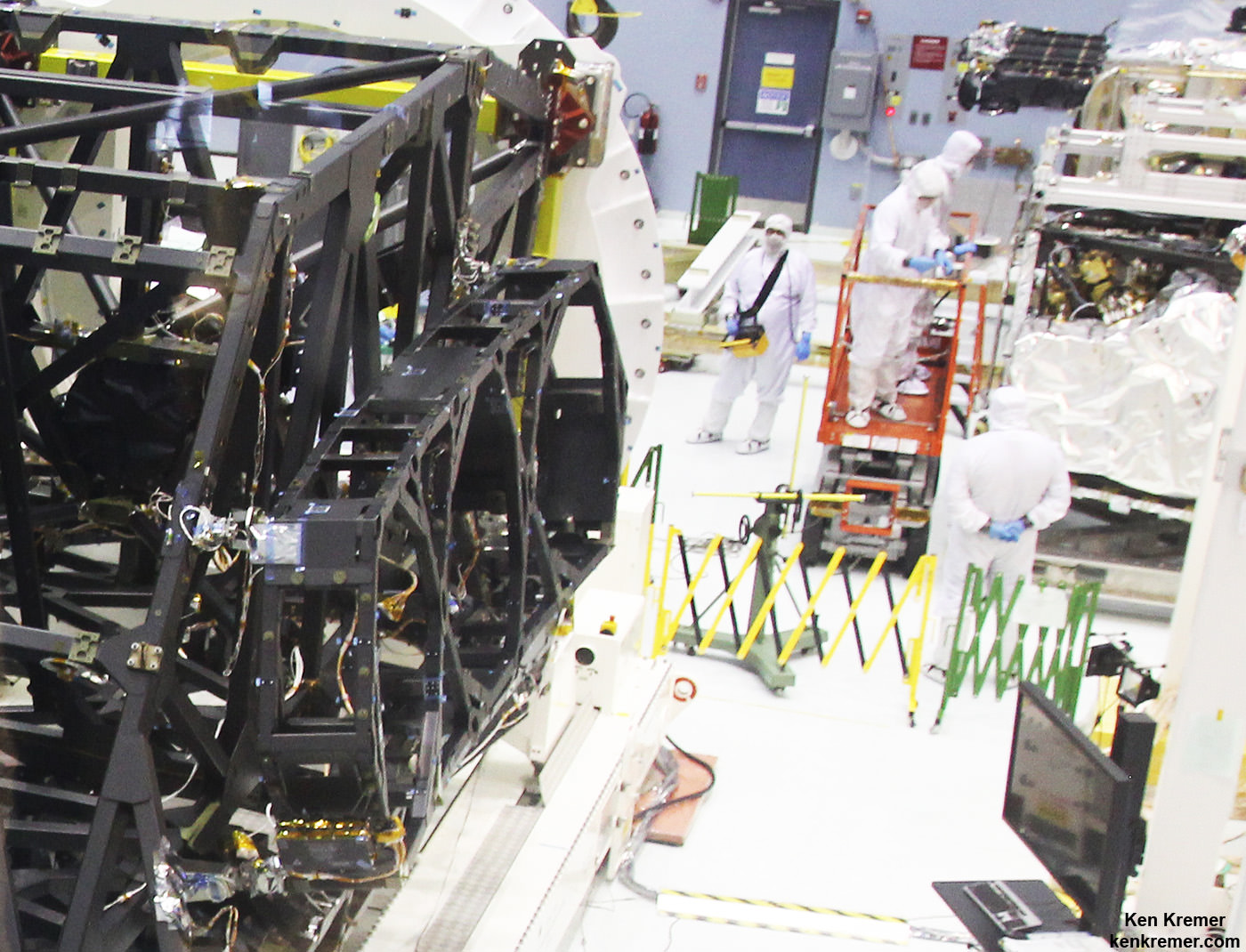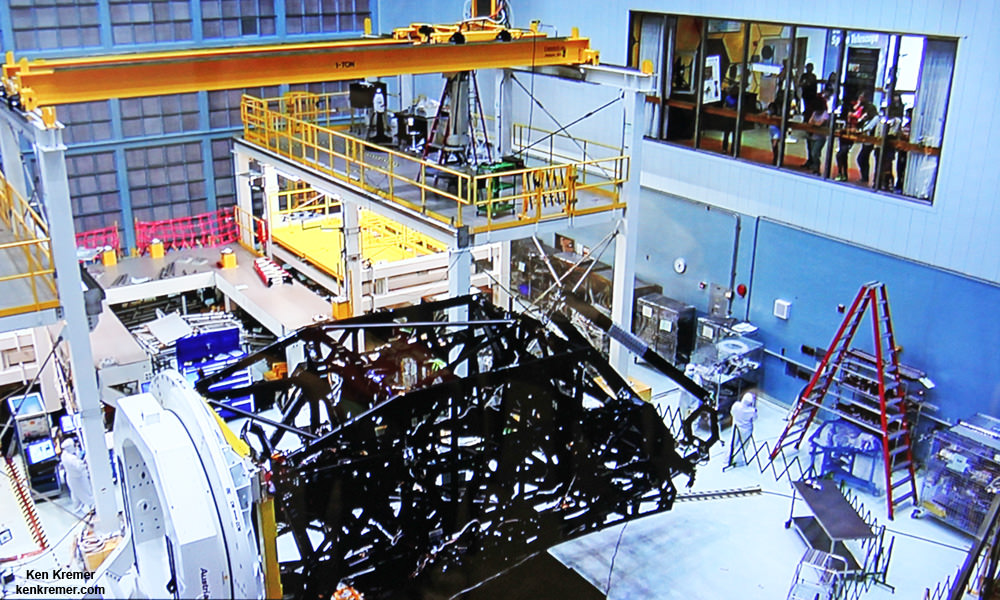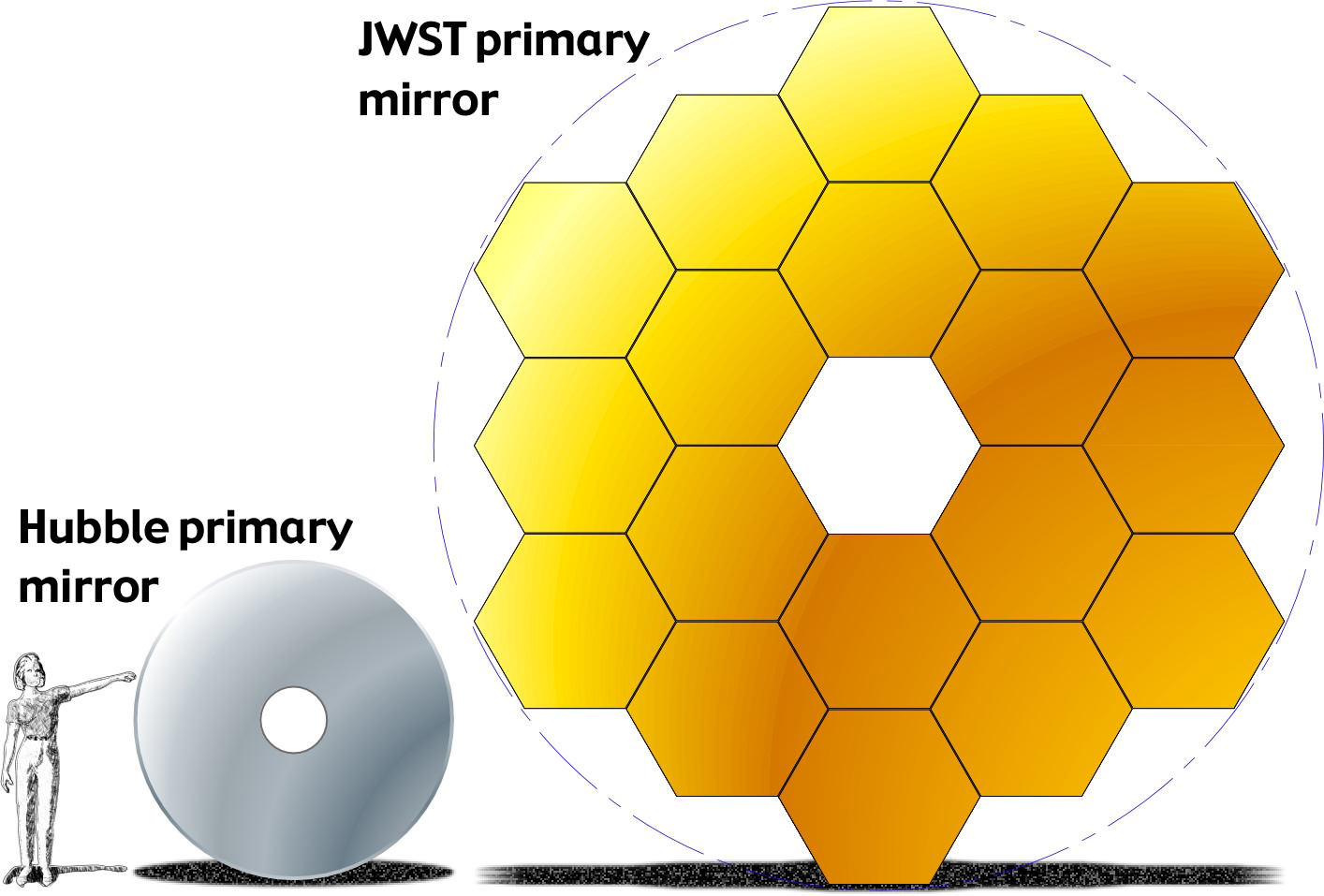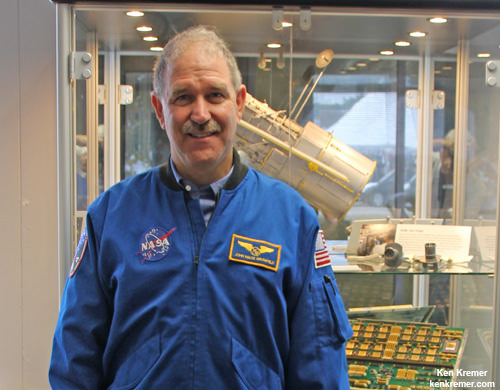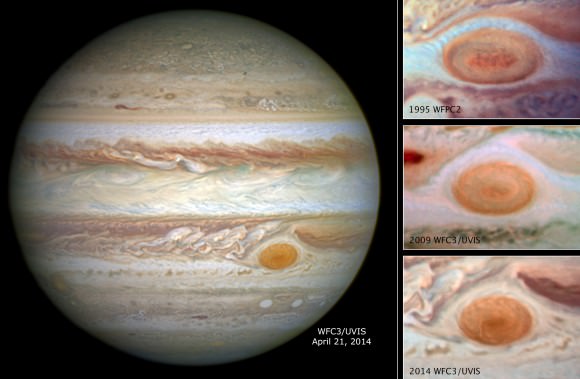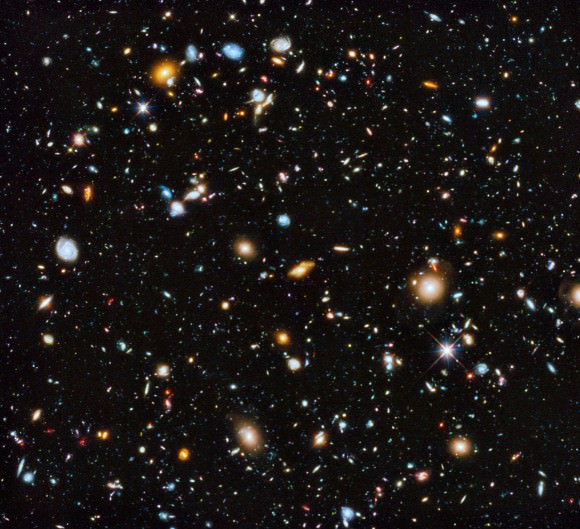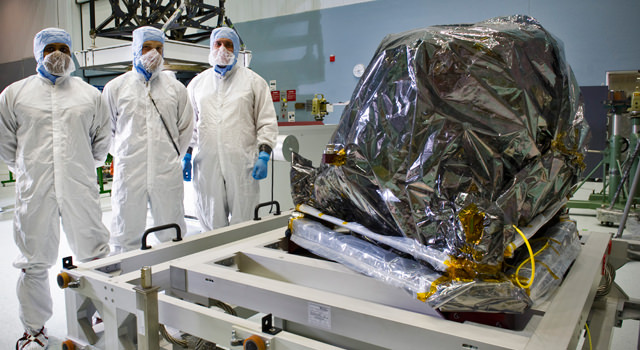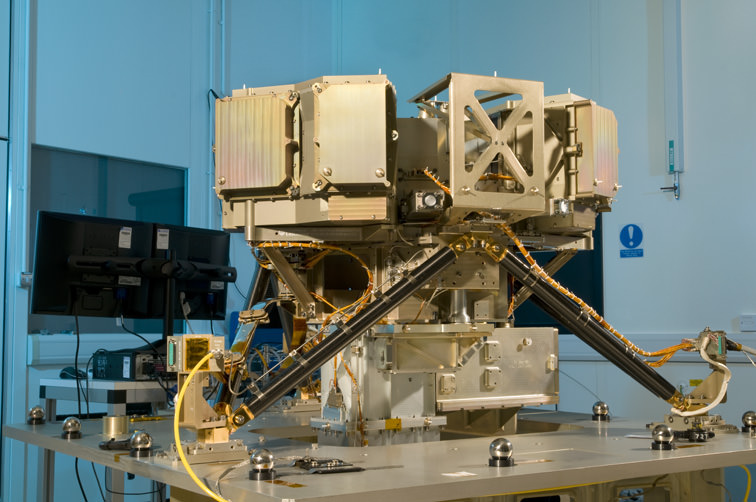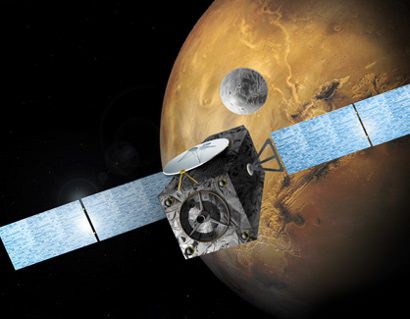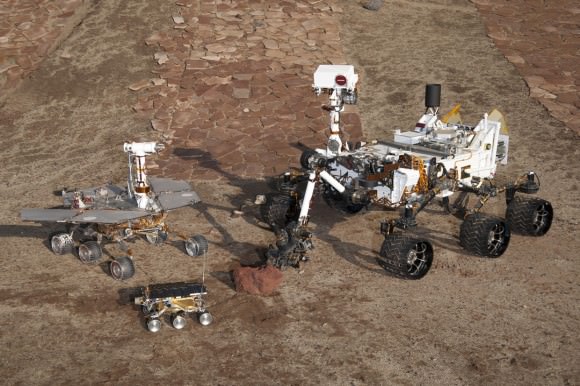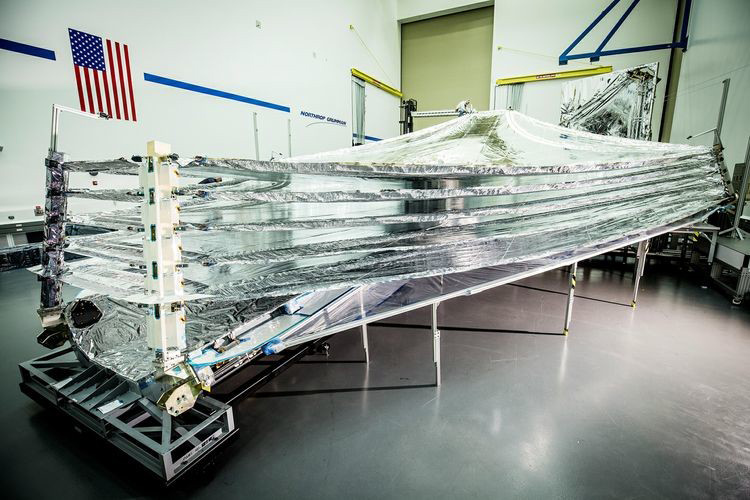
The complex multilayered sunshield that will protect the delicate optics and state of the art infrared science instruments of NASA’s James Webb Space Telescope (JWST) is now fully installed on the spacecraft bus in California, completing another major milestone on the path to launch, NASA announced.
Meanwhile a critical cryogenic cooling test of Webb’s mirrors and science instrument bus has commenced inside a giant chamber at NASA’s Johnson Space Center in Texas, marking another major milestone as the mammoth telescope comes together after years of development.
NASA’s $8.8 Billion James Webb Space Telescope is the most powerful space telescope ever built and is the scientific successor to the phenomenally successful Hubble Space Telescope (HST).
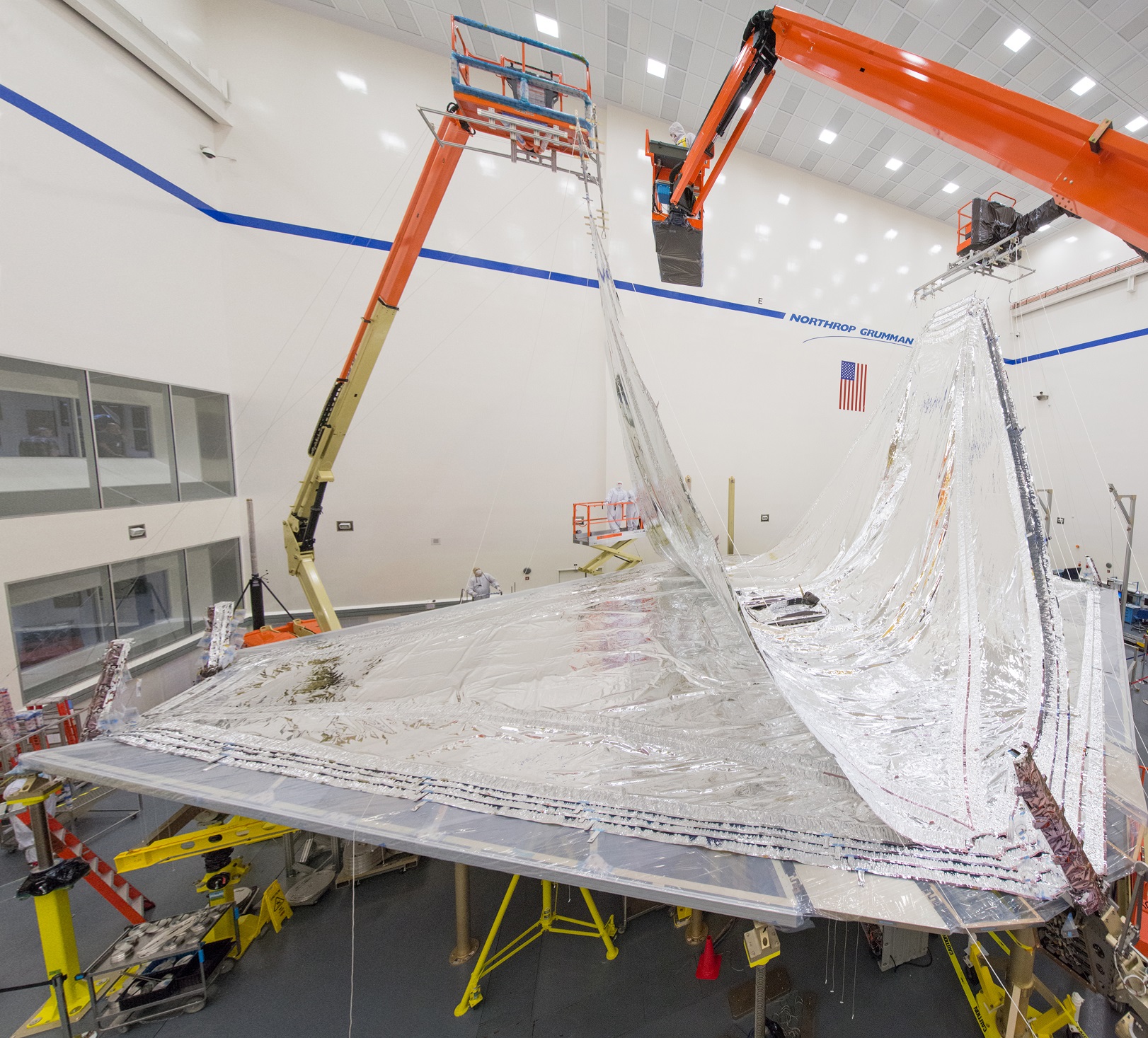
Credits: Northrop Grumman Corp.
The Webb telescopes groundbreaking tennis court sized sunshield subsystem consists of five layers of kapton that will keep the optics and instruments incredibly cool, by reducing the incoming sunside facing temperature more than 570 degrees Fahrenheit. Each layer is as thin as a human hair.
“The sunshield layers work together to reduce the temperatures between the hot and cold sides of the observatory by approximately 570 degrees Fahrenheit,” according to NASA. “Each successive layer of the sunshield is cooler than the one below.”
The painstaking work to integrate the five sunshield membranes was carried out in June and July by engineers and technicians working at the Northrop Grumman Corporation facility in Redondo Beach, California.
“All five sunshield membranes have been installed and will be folded over the next few weeks,” said Paul Geithner, deputy project manager – technical for the Webb telescope at NASA’s Goddard Space Flight Center in Greenbelt, Maryland, in a statement.
Deployment tests of the folded sunshield start in August.
Webb’s four research instruments cannot function without the essential cooling provided by the sunshield deployment.
Northrop Grumman designed the Webb telescope’s optics and spacecraft bus for NASA’s Goddard Space Flight Center in Greenbelt, Maryland, which manages Webb.

“This is a huge milestone for the Webb telescope as we prepare for launch,” said Jim Flynn, Webb sunshield manager, Northrop Grumman Aerospace Systems.
“The groundbreaking tennis court sized sunshield will shield the optics from heat and assist in providing the imaging of the formation of stars and galaxies more than 13.5 billion years ago.”
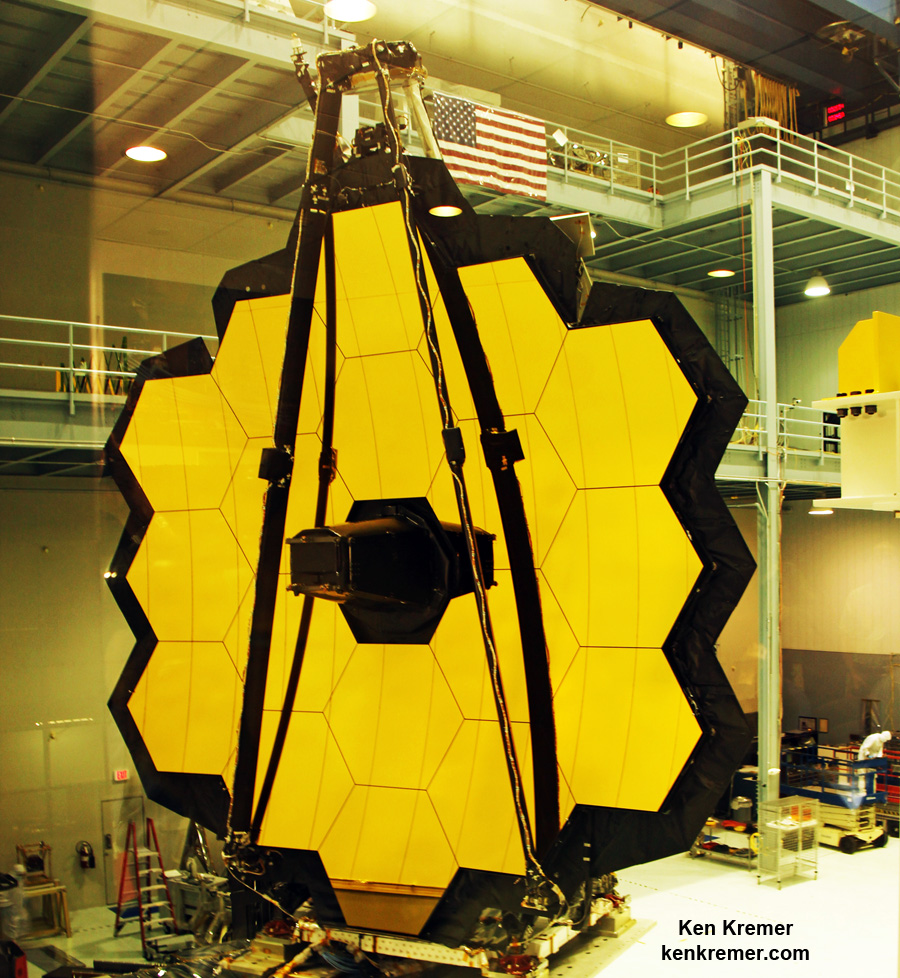
Webb is designed to look at the first light of the Universe and will be able to peer back in time to when the first stars and first galaxies were forming. It will also study the history of our universe and the formation of our solar system as well as other solar systems and exoplanets, some of which may be capable of supporting life on planets similar to Earth.
After successfully passing a rigorous series of vibration and acoustic environmental tests earlier this year at NASA Goddard in March, the mirror and instrument assembly was shipped to NASA Johnson in May for the cryo cooling tests.
“Those tests ensured Webb can withstand the vibration and noise created during the telescope’s launch into space. Currently, engineers are analyzing this data to prepare for a final round of vibration and acoustic testing, once Webb is joined with the spacecraft bus and sunshield next year,” says NASA.
The cryogenic cooling test will last 100 days and is being carried out inside the giant thermal vacuum known as Chamber A at the Johnson Space Center in Houston.

“A combination of liquid nitrogen and cold gaseous helium will be used to cool the telescope and science instruments to their operational temperature during high-vacuum operations,” said Mark Voyton, manager of testing effort, who works at the NASA Goddard Space Flight Center in Greenbelt, Maryland.
Next year, the tennis-court sized sunshield and spacecraft bus will be combined to make up the entire observatory.
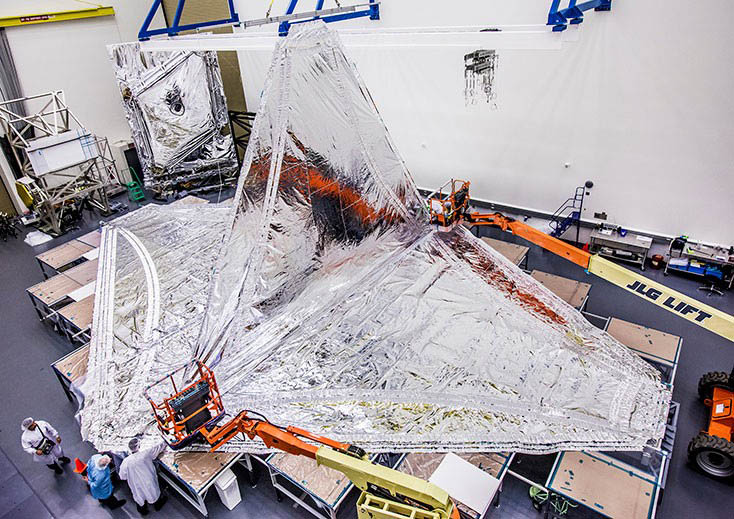
The Webb Telescope is a joint international collaborative project between NASA, the European Space Agency (ESA) and the Canadian Space Agency (CSA).
Assembly of the Webb telescope is currently on target and slated to launch on an ESA Ariane V booster from the Guiana Space Center in Kourou, French Guiana in October 2018.
NASA and ESA are currently evaluating a potential launch scheduling conflict with ESA’s BepiColombo mission to Mercury.

Watch for Ken’s onsite space mission reports direct from the Kennedy Space Center and Cape Canaveral Air Force Station, Florida.
Stay tuned here for Ken’s continuing Earth and Planetary science and human spaceflight news.
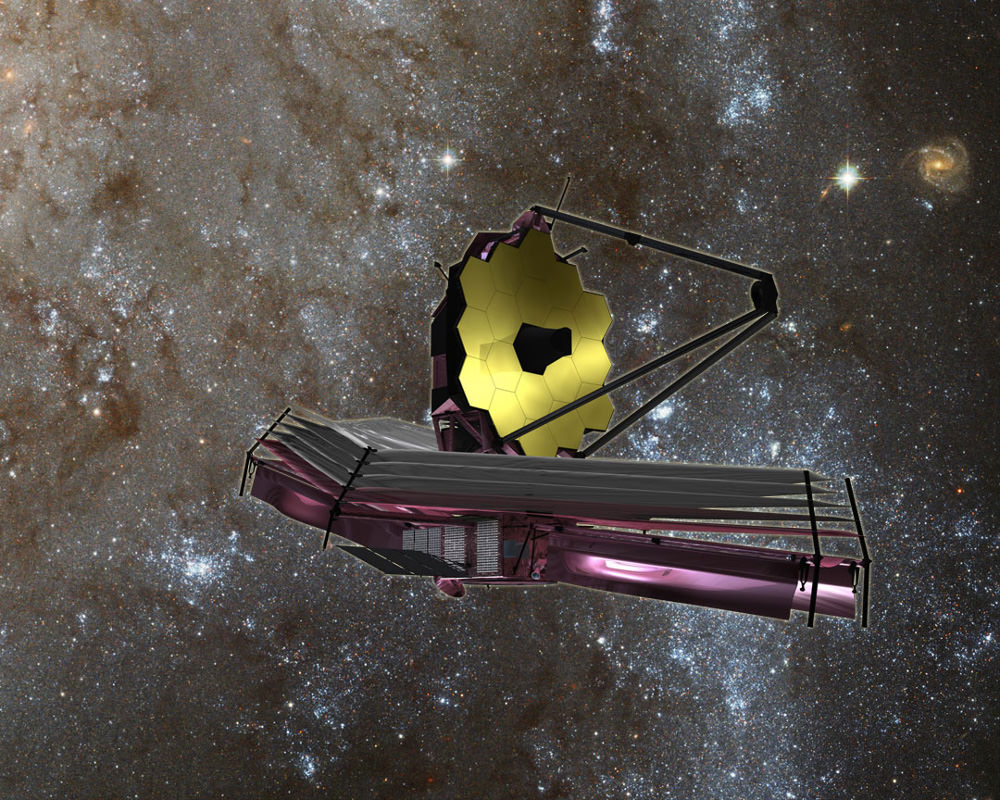
………….
Learn more about the upcoming SpaceX Dragon CRS-12 resupply launch to ISS on Aug. 14, ULA Atlas TDRS-M NASA comsat on Aug. 18, 2017 Solar Eclipse, NASA missions and more at Ken’s upcoming outreach events at Kennedy Space Center Quality Inn, Titusville, FL:
Aug 11-14: “SpaceX CRS-12 and CRS-11 resupply launches to the ISS, Inmarsat 5, BulgariaSat 1 and NRO Spysat, EchoStar 23, SLS, Orion, Commercial crew capsules from Boeing and SpaceX , Heroes and Legends at KSCVC, ULA Atlas/John Glenn Cygnus launch to ISS, SBIRS GEO 3 launch, GOES-R weather satellite launch, OSIRIS-Rex, Juno at Jupiter, InSight Mars lander, SpaceX and Orbital ATK cargo missions to the ISS, ULA Delta 4 Heavy spy satellite, Curiosity and Opportunity explore Mars, Pluto and more,” Kennedy Space Center Quality Inn, Titusville, FL, evenings


